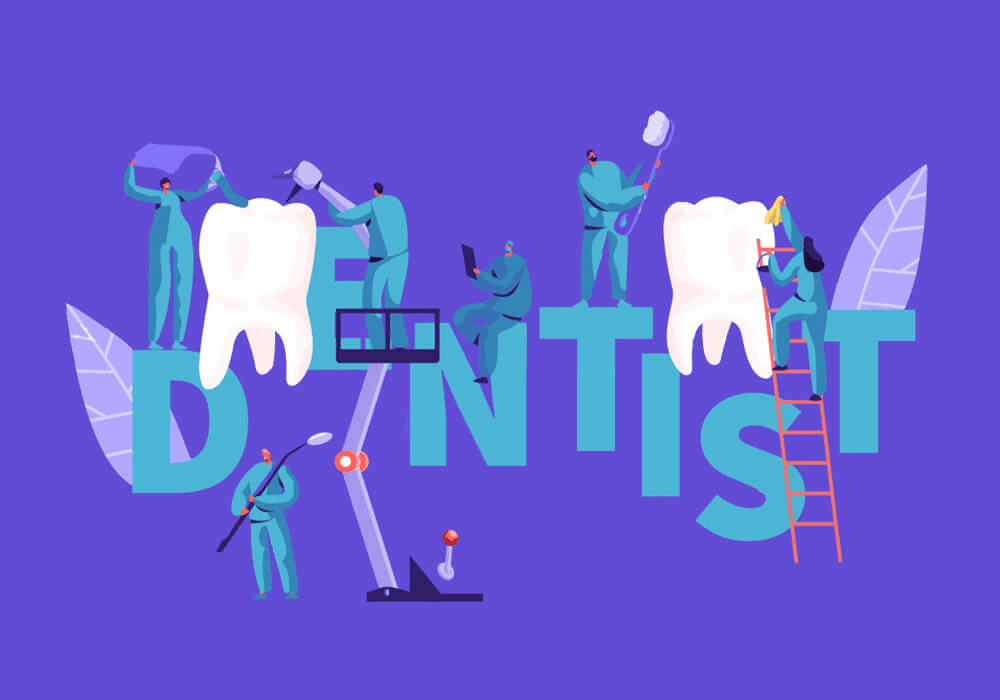My Team Doesn’t Do What I Ask Of Them!

TELL | SHOW | DO
This is a very widely-accepted means of training and education. Do you remember how you were trained? You were most likely trained using Tell, Show, Do and were probably taught this in your pediatric classes.
- Tell them what you are going to do.
- Show them how to do it.
- Go ahead and do it.
For example, when I had a young patient, I would TELL them, “We are going to take this air gun and we’re going to spray your tooth with it.” Then I would SHOW them by spraying on their hand. Lastly, I would DO it.
My offices had acceptable results using that method of training with our team. They were lacking the wow results I was looking for.
You have probably had similar experiences in your practice. You attend a weekend course and come back with a few amazing ideas you want to implement. So you put together a presentation for your team and say, Boom! This is what we’re doing. Then your team thinks to themselves, All right, let’s just not do anything for the next month and he’ll forget about it.
Or I would speak with my receptionist, let her know we need to convert more new patients to butts in the chair and give her a script and the method to do so. A week later, no change. Sound familiar? That was happening in my practices.
That’s when I really looked inward and thought, Is this being a leader or a boss? I felt that when I used Tell, Show, Do with my team, I was being a boss and not a leader.
Special Tip
It is a great idea to take your team members with you when you attend a course. They feel immediately bought-in, are empowered by the education and experience the same buzz you feel after coming back from a CE course.
That is when I re-tooled my approach and implemented:
Teach | Show | Explain (WHY)
Teach, Show and Explain is an adaptation of the former.
- Teach – When we educate, we empower
- Show – For understanding
- Explain – Explain the why, the objective and the value
This process is based on leading by example and has uncovered two important embedded values: clear communication and collaborative teamwork. Put another way, when we fail to adequately explain the why (of a task, an objective, etc.) or include our team or clients in the process, we fail to get buy-in from them simply because we are not buying into our own value system. Is that clear?
Let me explain this another way. When you are able to get buy-in, you are creating authorship (or ownership, or any other possessive word you prefer to use here). I have to assume you have the right team. If not, please don’t worry
Back to authorship. This is huge. Hear them out. List the problems they come up with and listen to their solutions.
Lets look at 2 examples:
Scenario 1:
Doctor: “I need you to make sure you have all of the instruments in the operatory before you bring the patient back. The entire operatory should be set up so you are not leaving the room in the middle of the appointment.”Team member: “Ok, sure”
Long Term Result: Team member continues to make the same errors and the Dr’s frustrations grow.
Scenario 2:
Doctor: “Cindy, do you have a moment?Team member: Yes
Doctor: “I would like for you to have the operatory fully set up prior to the patient coming back….. I’m noticing most of the time you do it well but there are other times you are having to leave the room to grab instruments or supplies…… My concern is that the patient feels we are unprepared…… It makes it look like we didn’t do our job when you and I both know we are doing our best. I don’t want patients thinking we are not good at what your doing….. As well I don’t want them thinking that we are wasting their time” What are your thoughts on that?
Team member: that makes sense….
Doctor: Lets come up with a solution….what do you think can be done?
Team member: lists things that can be done and engages you in a conversation….
Once decided, a documented protocol can be created and used for training. If you disagree with your team members’ choice, do you have any data or a good reason to object? Often, it’s the need to be in control which causes the itch to disagree. Instead, perhaps allow it to roll out for a two-to-four week period and assess the results. Are patient wait times down? Quicker exits taking place? If so, leave it alone. If not, go back and try the next solution.
Long Term Result: Team member is highly likely to adhere to your expectations of them. Why?
- YOU EXPLAINED WHY IT IS IMPORTANT TO HAVE THE OP SET UP
- YOU EMPOWERED THEM TO CO-AUTHOR THE SOLUTION AND DOCUMENTED IT FOR FUTURE TRAINING
People default to their highest level of training. Always. That is why it is so important to TEACH | SHOW | EXPLAIN so you effectively raise the level of training or education in your team AND in your patients. Habit is hard to break. Most of us are too lazy to do the work required to break old habits or old ways of doing things. We have all heard the phrase, Old habits die hard. Most people will spend a ton of energy fighting to stay there.
The Solution: Teach, Show, Explain and Authorship. Unless people understand WHY it is important to make a change and are given an opportunity to co-author the solution, the likelihood of lasting change is slim.




